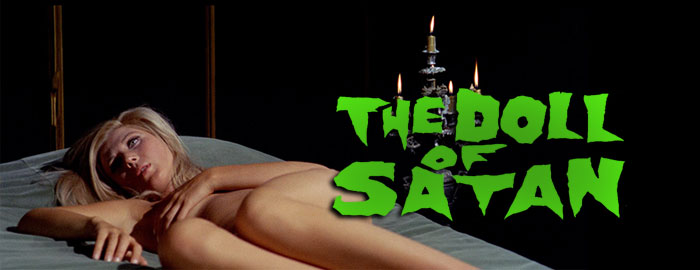
Color, 1969, 90 mins. 13 secs.
Directed by Ferruccio Casapinta
Starring Erna Schürer, Roland Carey, Aurora Bautista, Ettore Ribotta, Lucia Bomez, Manlio Salvatori, Beverly Fuller, Franco Daddi, Giorgio Gennari
88 Films (Blu-ray) (UK RB HD),Twilight Time (Blu-ray) (US RA HD), X-Rated Kult (Blu-ray) (Germany RB HD) / WS (1.85:1) (16:9)
The giallo was on the way up and Gothic horror was on the way down in 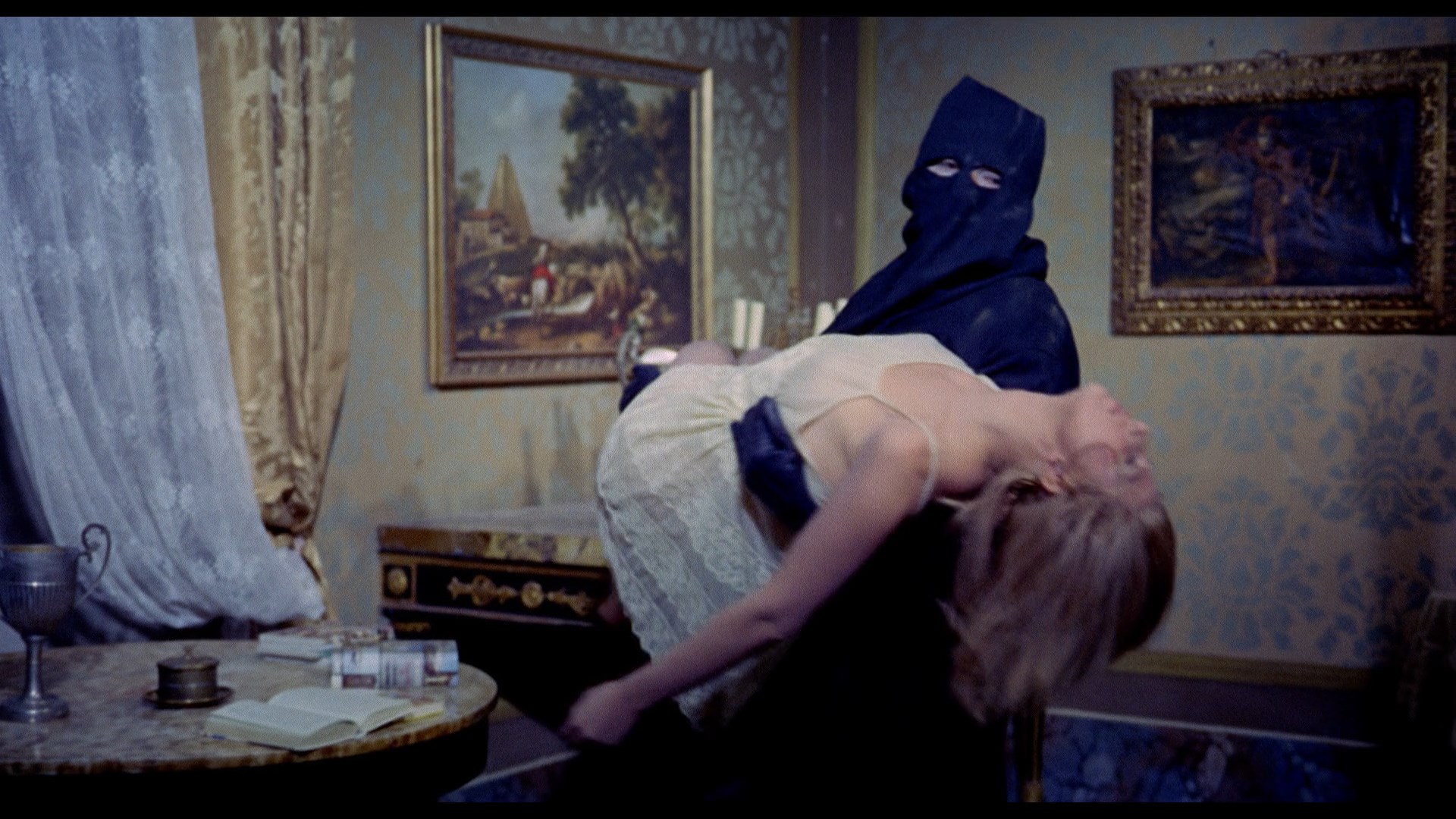 Italy when the two crossed
Italy when the two crossed 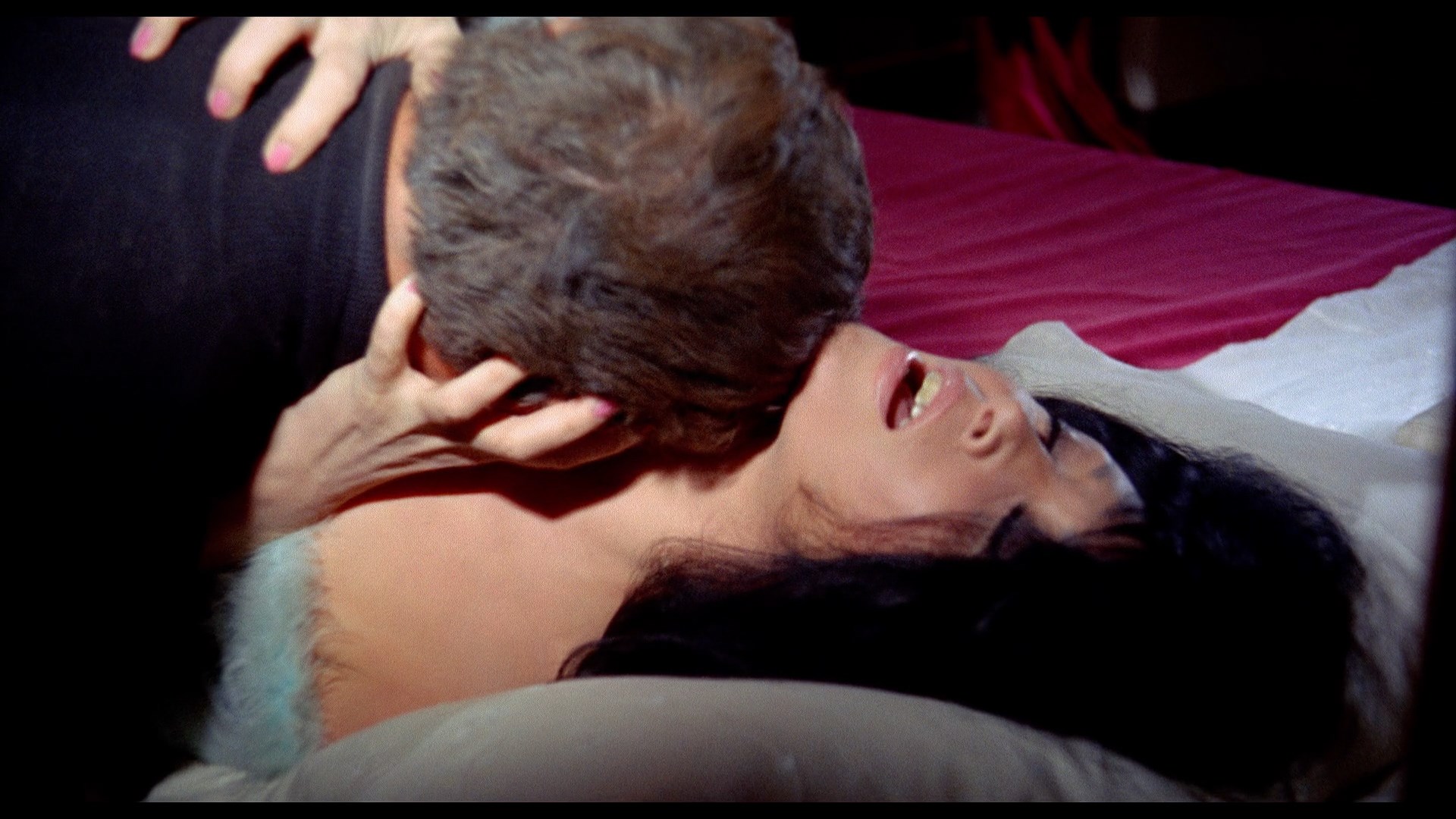 paths with 1969's La bambola di Satana, a surprisingly subdued old dark house thriller that didn't officially hit English-language territories until the current millennium under the title The Doll of Satan. Anyone expecting black magic rites and sexual depravity based on that title should prepare themselves for a far more traditional "terrorize the heiress" whodunit, filled with gaudy colors and outrageous late '60s hairdos along with some amusing Scooby-Doo-style plot twists.
paths with 1969's La bambola di Satana, a surprisingly subdued old dark house thriller that didn't officially hit English-language territories until the current millennium under the title The Doll of Satan. Anyone expecting black magic rites and sexual depravity based on that title should prepare themselves for a far more traditional "terrorize the heiress" whodunit, filled with gaudy colors and outrageous late '60s hairdos along with some amusing Scooby-Doo-style plot twists.
The death of the awkwardly named Sir Ball Janon brings an assortment of characters to his "famous castle" including his niece Elizabeth (Strip Nude for Your Killer's Schürer), her fiance Jack (future Joe D'Amato hardcore star Carey), and their two buddies, Gérard (Gennari) and Blanche (Fuller). The castle proves to be a drag where the power frequently goes out and the prim Claudine (Bautista) doesn't want anyone to have any fun, so the new arrivals prefer to boogie down at the only nearby restaurant with a swingin' jukebox. However, something sinister seems to be going on within the castle walls as Elizabeth is plagued by erotic nightmares and someone in a hood and black gloves is murderously stalking the 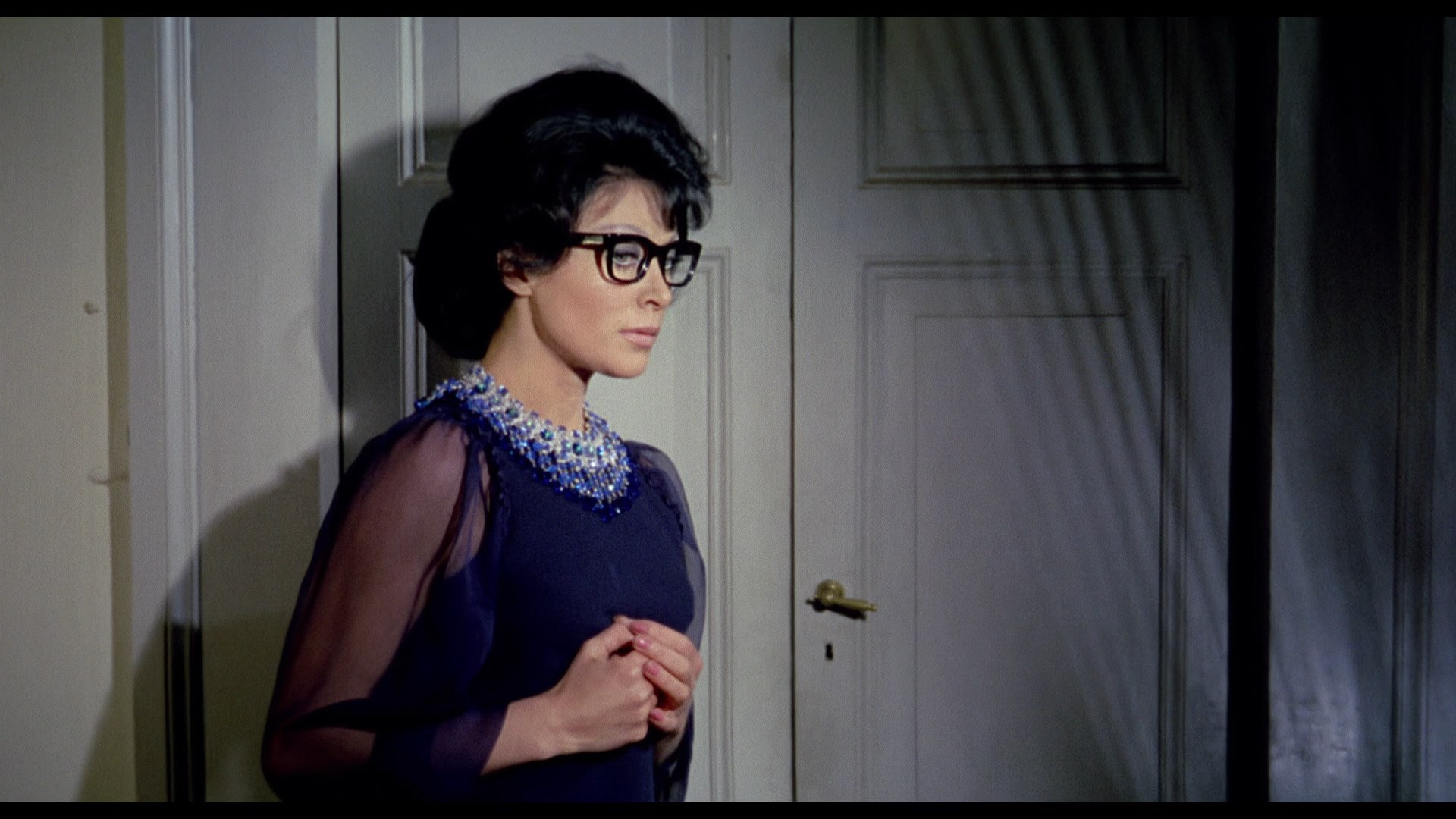 hallways.
hallways.
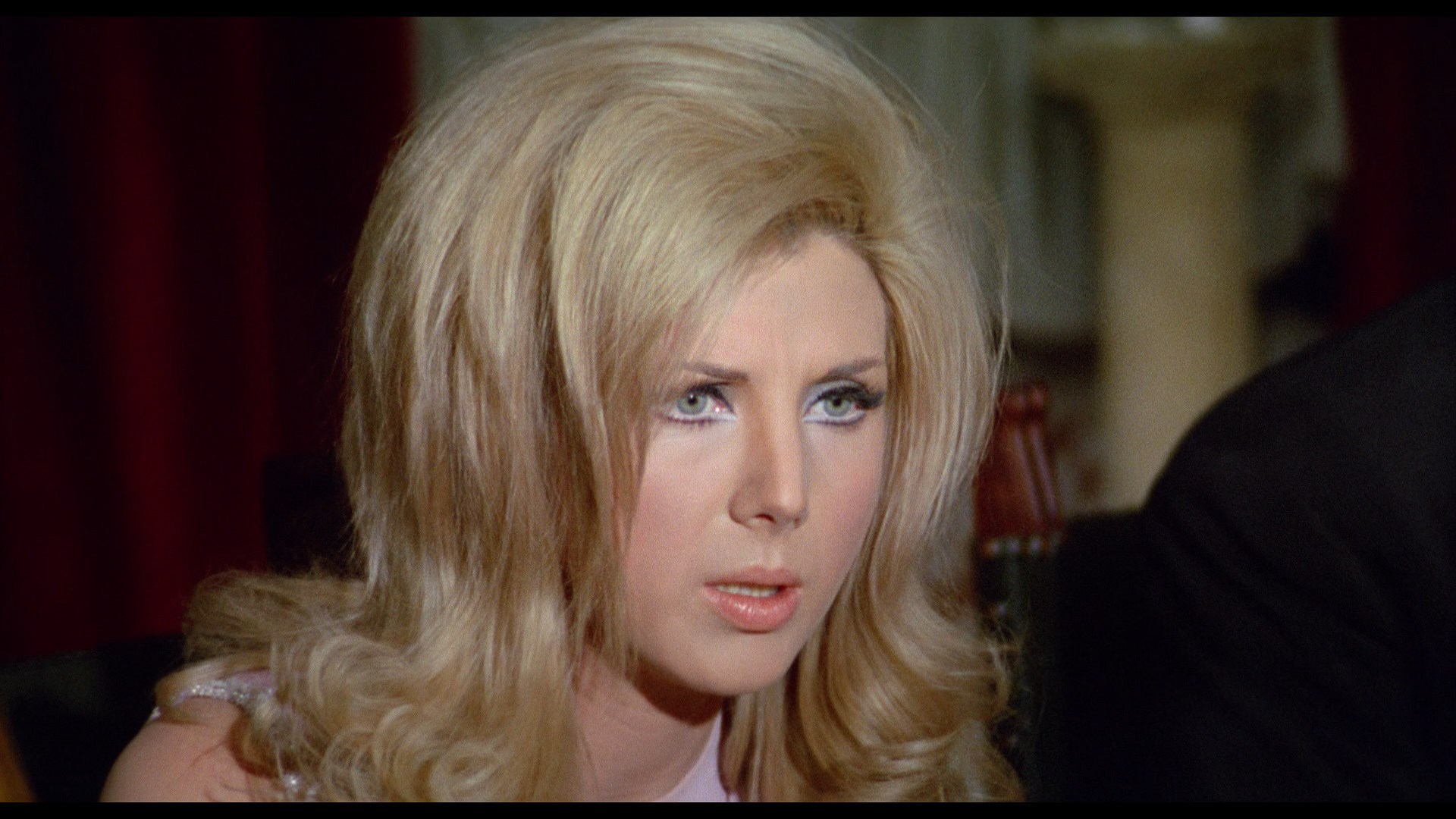 As mentioned above, pretty much everyone in Italy was throwing in the towel on bona fide Gothic horror films apart from a handful of outliers like Antonio Margheriti, who tried to keep the torch burning a little longer with color efforts like Web of the Spider. This one-shot effort from director Ferruccio Casapinta definitely isn't cut from the same artistic cloth though, with harsh and flat overhead lighting blasting every scene and no attempt at any kind of artistic atmosphere. In a kitschy sort of "H.G. Lewis Goes to Italy" sort of way it's all pretty amusing though, with Schürer providing lots of peekaboo almost-nude scenes that feel incredibly coy for 1969. Then there's the truly unhinged finale, which is wildly entertaining though perhaps not quite in the way the filmmakers intended.
As mentioned above, pretty much everyone in Italy was throwing in the towel on bona fide Gothic horror films apart from a handful of outliers like Antonio Margheriti, who tried to keep the torch burning a little longer with color efforts like Web of the Spider. This one-shot effort from director Ferruccio Casapinta definitely isn't cut from the same artistic cloth though, with harsh and flat overhead lighting blasting every scene and no attempt at any kind of artistic atmosphere. In a kitschy sort of "H.G. Lewis Goes to Italy" sort of way it's all pretty amusing though, with Schürer providing lots of peekaboo almost-nude scenes that feel incredibly coy for 1969. Then there's the truly unhinged finale, which is wildly entertaining though perhaps not quite in the way the filmmakers intended.
The first notable home video edition of this film was a German Blu-ray from X-Rated Kult in 2015 (as Satan ohne Gesicht) with the original Italian track or a German dub (the actors are almost all very clearly speaking English, but apparently that actual track was never created), with optional English and German subtitles. Extras include a newly created German trailer, a 5m38s making-of in German only, a brief 47s gallery, an 18m7s German-only interview with scholar Gerald Paradies, a German-only commentary, and a German text interview with Schürer. The master itself looks excellent and has been reused identically on the two subsequent Blu-rays, with a U.S. one from Twilight Time coming along in 2016 featuring an isolated music and effects track, liner notes by Julie Kirgo, and a commentary track by David Del Valle and 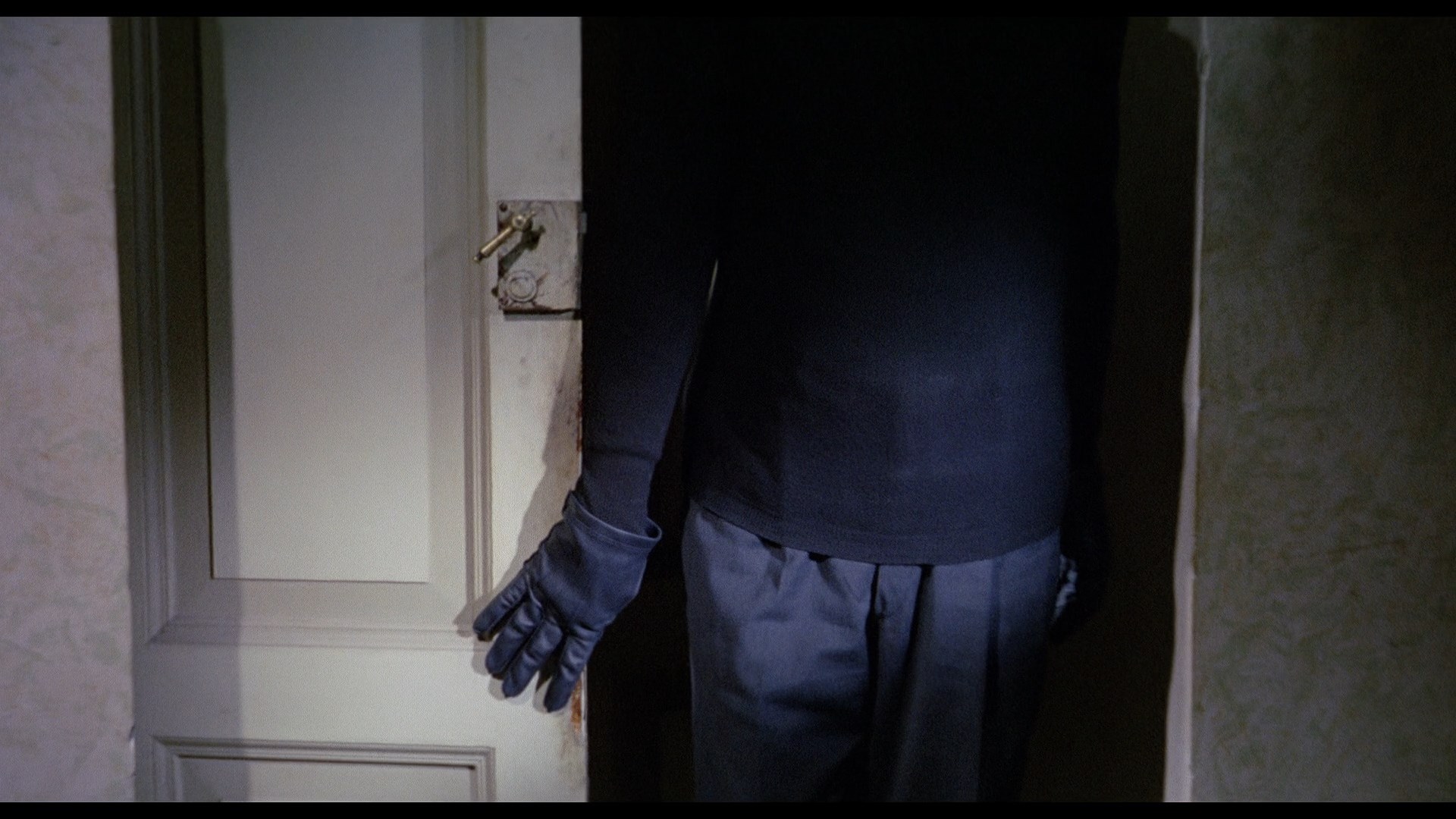 Derek Botelho that's mainly notable for listening to them flail around trying to pad out the running
Derek Botelho that's mainly notable for listening to them flail around trying to pad out the running 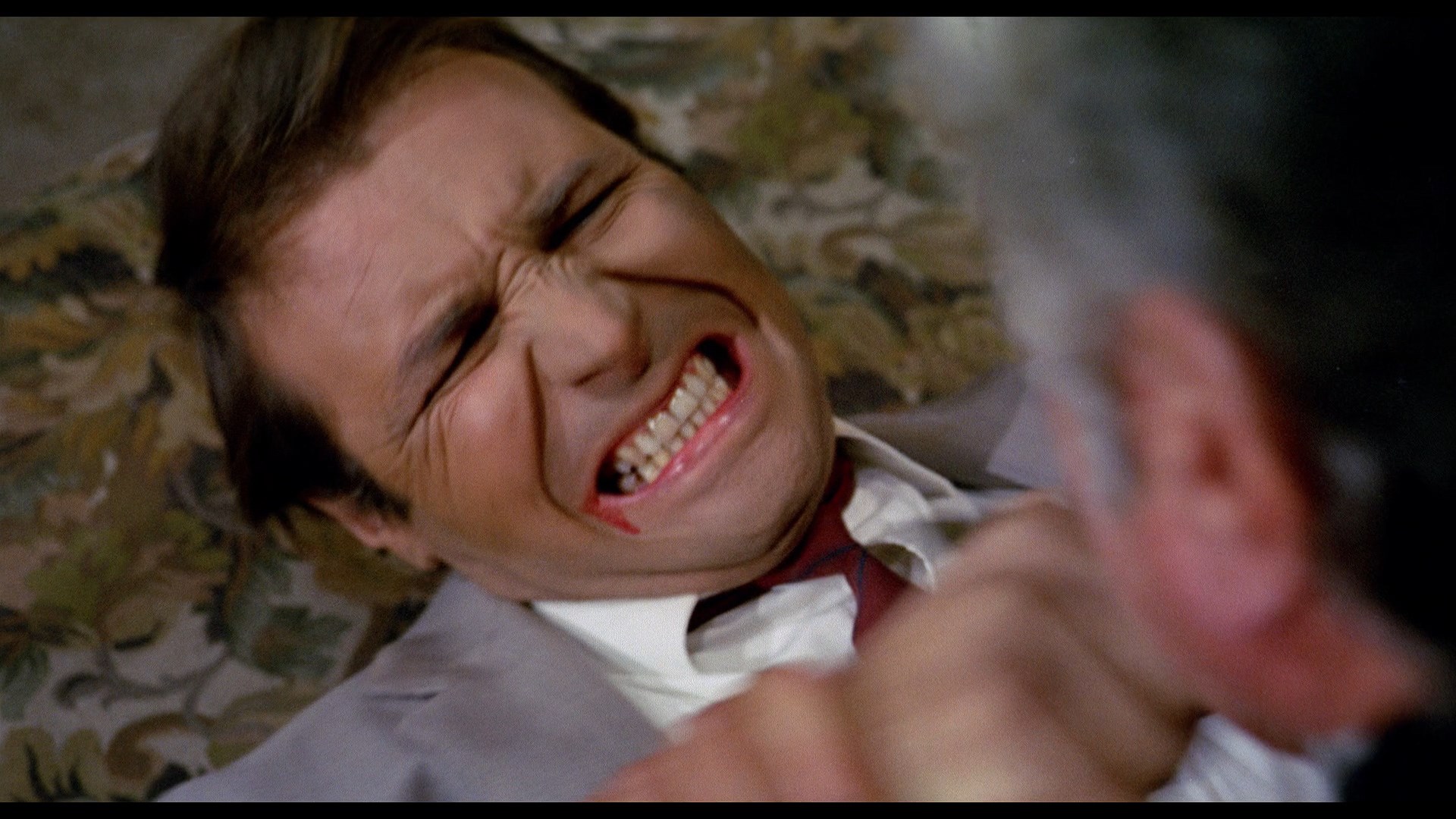 time talking about gialli in general and other tangents since there's virtually nothing on hand about the feature itself.
time talking about gialli in general and other tangents since there's virtually nothing on hand about the feature itself.
After a lull of five years, The Doll of Satan resurfaced on Blu-ray in its most elaborate special edition to date from 88 Films in the U.K. The colorful and crisp master still holds up, as does the DTS-HD MA 2.0 Italian track with optional (improved) English subs (pretty indistinguishable from the 1.0 mono one on the Twilight Time apart from being 2.0). Packaged in a limited edition "soft-touch" O-card and featuring a booklet in the first pressing (with the essays "You Had Me at Giallo" by Andrew Graves and "Rustic Terror" by Francesco Massaccesi) as well as a fold-out poster, it ports over the U.S. commentary but adds three far more substantial new featurettes from Eugenio Ercolani (two recorded remotely during the Covid pandemic). In "My Life with Emma" (25m18s), Schürer chats about her career starting as a model for thriller photo spreads that led to her casting in this film and some choice words about her credited director. In "Remembering Franco Potenza" (33m9s), film historian Pierpaolo De Sanctis covers the career of the film's composer whose percussive work here is quite entertaining as it bounces from jazzy dance music to pounding suspense cues. Finally in "Emma and I" (15m16s), you get an audio interview with uncredited co-director and screenwriter Marcello Avallone about his various projects, the film's leading lady, and his own participation in the very low budget production.
Reviewed on December 30, 2021



 Italy when the two crossed
Italy when the two crossed  paths with 1969's La bambola di Satana, a surprisingly subdued old dark house thriller that didn't officially hit English-language territories until the current millennium under the title The Doll of Satan. Anyone expecting black magic rites and sexual depravity based on that title should prepare themselves for a far more traditional "terrorize the heiress" whodunit, filled with gaudy colors and outrageous late '60s hairdos along with some amusing Scooby-Doo-style plot twists.
paths with 1969's La bambola di Satana, a surprisingly subdued old dark house thriller that didn't officially hit English-language territories until the current millennium under the title The Doll of Satan. Anyone expecting black magic rites and sexual depravity based on that title should prepare themselves for a far more traditional "terrorize the heiress" whodunit, filled with gaudy colors and outrageous late '60s hairdos along with some amusing Scooby-Doo-style plot twists. hallways.
hallways.  As mentioned above, pretty much everyone in Italy was throwing in the towel on bona fide Gothic horror films apart from a handful of outliers like Antonio Margheriti, who tried to keep the torch burning a little longer with color efforts like Web of the Spider. This one-shot effort from director Ferruccio Casapinta definitely isn't cut from the same artistic cloth though, with harsh and flat overhead lighting blasting every scene and no attempt at any kind of artistic atmosphere. In a kitschy sort of "H.G. Lewis Goes to Italy" sort of way it's all pretty amusing though, with Schürer providing lots of peekaboo almost-nude scenes that feel incredibly coy for 1969. Then there's the truly unhinged finale, which is wildly entertaining though perhaps not quite in the way the filmmakers intended.
As mentioned above, pretty much everyone in Italy was throwing in the towel on bona fide Gothic horror films apart from a handful of outliers like Antonio Margheriti, who tried to keep the torch burning a little longer with color efforts like Web of the Spider. This one-shot effort from director Ferruccio Casapinta definitely isn't cut from the same artistic cloth though, with harsh and flat overhead lighting blasting every scene and no attempt at any kind of artistic atmosphere. In a kitschy sort of "H.G. Lewis Goes to Italy" sort of way it's all pretty amusing though, with Schürer providing lots of peekaboo almost-nude scenes that feel incredibly coy for 1969. Then there's the truly unhinged finale, which is wildly entertaining though perhaps not quite in the way the filmmakers intended. Derek Botelho that's mainly notable for listening to them flail around trying to pad out the running
Derek Botelho that's mainly notable for listening to them flail around trying to pad out the running  time talking about gialli in general and other tangents since there's virtually nothing on hand about the feature itself.
time talking about gialli in general and other tangents since there's virtually nothing on hand about the feature itself.![]()